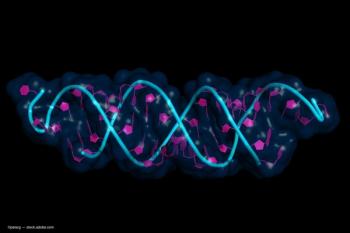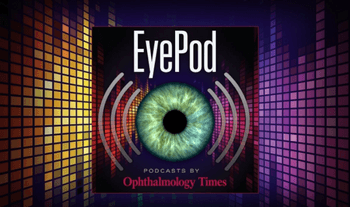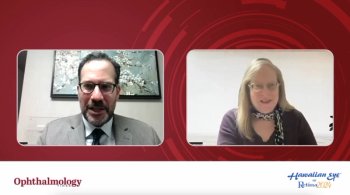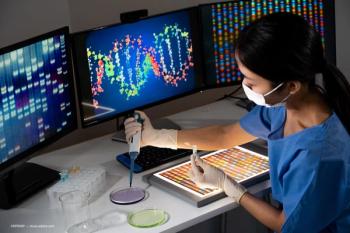
OCU410 is a modifier gene therapy candidate being developed for geographic atrophy, an advanced stage of dry age related macular degeneration.

OCU410 is a modifier gene therapy candidate being developed for geographic atrophy, an advanced stage of dry age related macular degeneration.

In the study, published in Nature Biotechnology, researchers used their new system to correct disease-causing mutations in the eyes of two mouse models of genetic blindness, partially restoring their vision.

According to the company, its proprietary non-viral gene therapy platform with minimally invasive delivery technology is providing long lasting gene expression and favorable distribution in the retina.

ECP105 has been developed for the recovery of post-surgical treatment of glaucoma.

The trial of esonadogene mvoparvovec (Opvika) will take place in the US for the treatment of Leber hereditary optic neuropathy caused by ND4 mutation (ND4-LHON).


According to the organization, GYROS results will help researchers design clinical trials for an emerging gyrate atrophy gene therapy.

In this episode of EyePod, David Hutton sits down with Neena Haider, PhD, and Arun Upadhyay, PhD, to talk about modifier gene therapy.

According to the company, favorable safety and tolerability profiles were observed with the first 2 SPVN06 doses across 6 patients. The exploration of SPVN06 in geographic geographic atrophy is set to begin in 2024.

Genetic testing is proving to be an evolving technology for ophthalmologists.

David A. Eichenbaum, MD, discusses the promising aspects of gene augmentation for treating common retinal diseases, addresses concerns about perpetual protein production, and considers the potential positive impact on patients by reducing treatment burdens.

David Eichenbaum, MD, discussed the status of the technology at the Retina 2024 meeting in Maui.

According to the company, OCU410 is a modifier gene therapy product candidate being developed for dry AMD

The improvement of accessibility and education could drive changes in outcomes.

ATSN-101, a gene therapy for GUCY2D-associated Leber congenital amaurosis, has demonstrated clinically meaningful improvements in vision at the highest dose with no drug-related serious adverse events 6 months post-treatment in ongoing Phase I/II clinical trial.

According to the company, OCU410ST uses an AAV delivery platform for the retinal delivery of the RORA (RAR Related Orphan Receptor A) gene.

The issuance provides patent protection in the U.S. for therapeutics incorporating the optimized ELOVL2 transgene until 2041. The patent is being prosecuted in the European Union and other countries around the globe. The company said the patent adds value to its lead program in dry AMD.

Technology allows partitioning of sequencing reads into 2 parental genome data sets.

In this EyePod® episode, David Hutton sits down with Shankar Musunuri, CEO of Ocugen to discuss updated data for OCU400.

Kriya is developing a one-time gene therapy designed to block complement C3 and C5, which are clinically validated substrates targeted by FDA approved therapies, to delay the progression of geographic atrophy.

Patients with HTG had significantly fewer mtDNA copies per nuclear DNA.

According to the companies, the collaboration has the potential to benefit patients who have suffered from specific, chronic ocular diseases.

According to the company, NFS-05, utilizes a gene therapy approach that delivers an AAV vector containing the OPA1 gene into the vitreous cavity.

ATSN-201 leverages novel spreading capsid to overcome challenges associated with intravitreally delivered AAVs in the treatment of XLRS.

Data may inform clinical associations, mechanistic research, trial design.